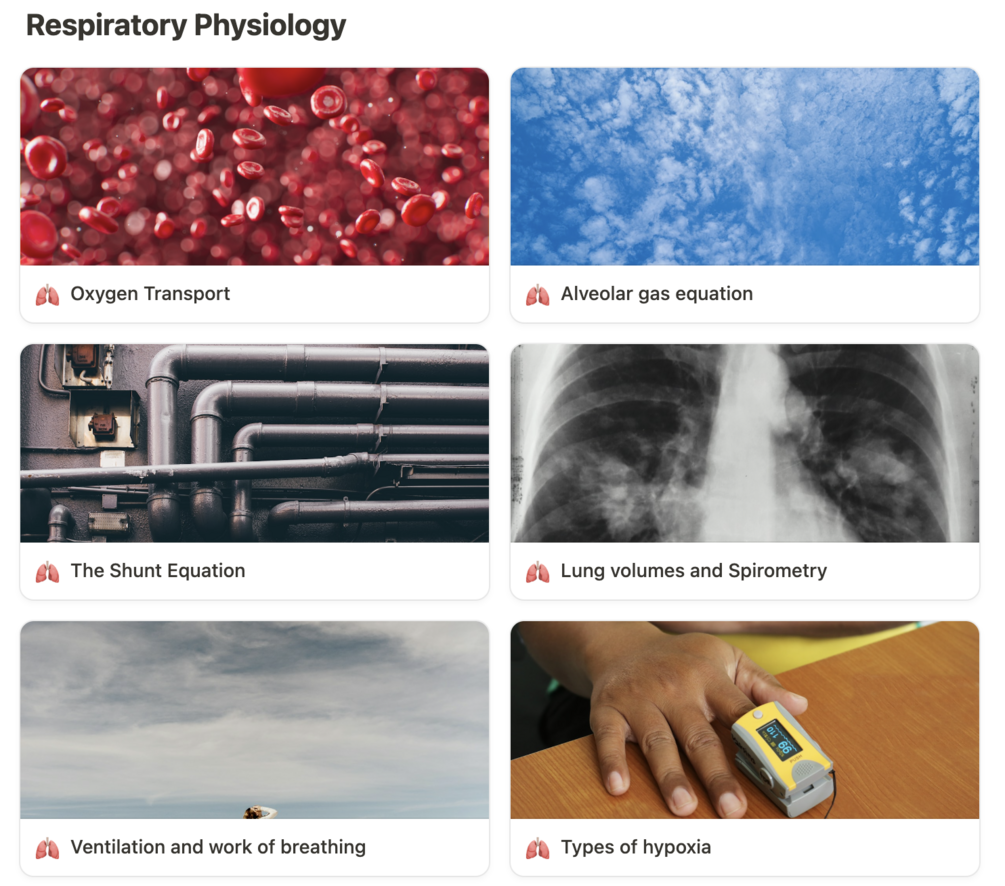The EDAIC - a postmortem

We have once again stumbled upon an information goldmine on Reddit, and have been given permission by OP to share with our wonderful readers, so here it is.
We have simply reformatted the text a little, and added a GIF.
No information has been added or removed.
Greetings
I wrote this because I would have benefited from having read it prior to my exams.
- I scored 77% on Part 1 Paper A
- 79% on Part 1 Paper B
- Morning sessions of Part II I scored 37/40
- Afternoon session I scored 40/40
This turned out to be a very long post - apologies.
I recently sat the EDAIC part 1 and EDAIC part 2 exams and thought that I would post a run-down of my experience here for future reference and to maybe help anyone else on the way to sitting the exam.
Please note that I am not familiar with the specific professional advantage of the EDAIC diploma as regards to what countries do and do not recognise it etc.
For reference I practice in Sweden and received my specialist diploma in anaesthesia and intensive care 2 years ago. After parental leave I decided to do my exams to get them over with. It is not a requirement in Sweden but very much expected in my department.
PART 1
Part 1 is a written exam that consists of:
- Two papers
- Each with 60 questions
- True/False format
- Each question has five statements that can each be true or false
- All of the statements may be true, or false, and everything in between
Paper A consists of basic sciences and physiology (including physics).
Paper B is more geared towards clinics including emergency medicine, internal medicine, and specialised anaesthesia such as cardiac and paeds.
The easiest way to get a feel for the format and level of detail is to look over the sample questions from the ESAIC site.
Preparation for Part 1
I had done the ITA twice during training, scoring around 65% for paper A and 70% for paper B so I knew that I need to up myself around 10% in order to have a safety margin.
Cut-off varies but is usually around 70% for pass. You need to pass both papers in order to pass the exam.
Everyone has their own strategy for this, I needed to brush up on a LOT of basic physiology, pharmacology, and anatomy.
I used a variety of sources but my basic reading consisted of:
- The primary FRCA structured oral examination part 1 and 2 by McCombe - I liked the brevity and the question-answer format and even though it's geared towards the FRCA the topics basically overlap
- FRCA in a box by Armstrong et al - which similarly is short and condensed
- Life in the Fast Lane - geared towards ANZCA but offers similar reading
- For deep dives I used Aitkenhead’s
- For even deeper dives Deranged Physiology by Yartsev was invaluable
I learned about 15-20 equations by heart
- Gas laws
- Hagen-Poiseuille
- MAP
- CO
- SVR
- Alveolar gas equation
- Axygen content of blood
- DO2
- etc etc
Anatomy is my weakest point so I limited my reading there to brushing up on some blocks and the usual suspects (lumbar and brachial plexus, anatomy of the great vessels, anatomy of the ANS, general anatomy of the CNS).
I used Anaestheasier podcasts to try and study while I did chores or drove.

I also did all the questions linked above from the EDAIC website and around 4 questions were repeated verbatim in my live exam. There’s also an old HOLA floating around on the internet that I went through.
I personally did not find it useful, but my colleague whom a studied with uploaded the Sample questions and HOLA to Chat-GPT and found it useful to use Chat-GPT's answers as reference.
Some of it during quiet shifts but mostly nights and week-ends. For the week leading up to the test I was off duty (with pay) so did 12 hours a day or so.
Sitting Part 1
I did the exam on-site and on paper.
My strategy (I’m a fast reader) was to go through the paper quickly and answer everything that I was sure of and mark everything that I was unsure of, in order to get in my easy points first.
Then I went back and tried to answer the questions that required me to really think.
I caught myself missing the word inverse as regards to the Hagen-Poiseuille equation and would have answered all of those questions wrong if I had not.
If you are doing the exam on paper then make sure to start transferring your answers in time.
It takes a lot longer than you think to correctly mark everything on the answer sheet and if you miss one row then all of the following T/F will end up on the wrong row.
If you do it on a computer then this is not an issue but be very mindful of the time if you are doing the pen and paper exam.
All in all I did OK though not great and scored a 77% on Paper A and 79% on Paper B.
Wanting to capitalise on my momentum I registered for the Part 2 exam 6 months later so that as much of the material as possible would be reasonably fresh.
Part 2 logistics
Part 2 is an oral exam taken face-to-face or online and consists of:
- Four SOEs in total
- Two in the morning
- Two in the afternoon
You are first give ten minutes to prepare a question, for example “describe the effects that mechanical ventilation have on the body” or “describe the factors influencing volume of distribution.”
You then go to the exam hall where you sit down opposite two examiners.
- One of them begins to ask you questions and after 10 minutes a bell dings and the examiners switch roles
- After another 10 minutes the time is up and that SOE is over
- Scoring is 0, 1, or 2 points (correlating roughly to bad fail, fail, and showing mastery)
There are 10 questions per SOE for a maximum of 20 points per SOE.
The morning sessions cover anatomy, physiology, pharmacology etc. There’s always a question on statistics or research and a question concerning apparatus (pulse oximetry, ventilator, ECG for example) and always a question on anatomy (brachial plexus, carotid sheath etc).
The afternoon sessions both start with a clinical case that you’re given ten minutes to prepare.
- The first SOE in the afternoon is on anaesthetics and will include perioperative management and critical issues during anaesthesia
- The second will focus on intensive care with aspects of internal medicine and emergency medicine
- This includes interpretation of radiology (MRI, Ultrasound, Chest X ray etc) and one ECG interpretation
Results are tallied after the last SOE for the day and you receive them that same afternoon.
I was done at 4pm and had my results at 4.30.
Preparation for Part 2
For my reading I basically went over the same material as for part one, with the addition of a bit more clinical reading in Aitkenhead and Deranged Physiology.
I also spent a day or so trying to improve my x-ray skills. Deranged Physiology and LitFL have a lot of sample questions for the ANZCA that I went through.
There are also sample questions and questions banks for the FRCA but I didn’t use those.
Part 2 is more clinical so I brushed up on a lot of relevant things like
- Coags
- Anti platelets
- All anaesthetic drugs in great detail
- O:G and B:G for gases
- pKa for local anaesthetics
- vD for induction drugs
- Context Sensitive Half Time
- Metabolism of all the above
- Relaxants
- etc
I also skimmed through some guidelines and looked up some definitions like AKI, Berlin for ARDS. I also checked the summaries of NAP 1-7 which served me well as reference points.
The main difference for Part 2 is the fact that it is an oral exam and that you will be pressed for time.
Myself and my colleagues spent a great deal of time doing mock exams with each other and I really felt that this benefited us since we had practiced answering questions and trying to be clear and concise in our answers. Also trains you a bit to not flounder when you’re hit with a hard question that you don’t have a readily available answer to, but instead piece together what bits and bobs you have in the hopes of scoring at least a 1.
There’s a bunch of curves and graphs that are handy to know by heart - here I focused on the basics like CSHT, first and zero order kinetics, VQ, flow-volume loops, cardiac cycle (including Schwann Ganz pressures and CVP curve), cardiac action potential, CO2-traces etc etc.
All in all I probably spent another 200 hours preparing for part 2, about a 50/50 split between reading and doing mock exams/discussions.
Sitting Part 2
I elected to do EDAIC part 2 face-to-face because I thought it would be helpful to not have a potentially shaky internet connection to worry about.
Arrived in good time at the venue having travelled the day before and the process was smooth.
It is of PARAMOUNT importance that you don’t bring your phone or smartwatch into the exam preparation room - this is an immediate disqualification and they definitely should have reminded us of this more often.
My group took it upon ourselves to make a final call for phones when entering the preparation room.
When given the first question I focused on preparing an answer that was structured and thorough, so that I would get through it quickly and have time to spend more time with the questions that would follow.
The examiners were cordial and polite and I thought they were genuinely supportive and tried to help me perform at my highest level. I blacked out on the anatomy question but gentle prodding from the examiner got me through at least a bit of it, probably enough for 1 point. It is very important to listen to prompts from the examiner - they have a script and will steer you right if you veer into uncharted waters that will not score you any points.
They also stopped me at times to ask for clarification (for example when I talked about hypoxia but in my stress used the antonym hyperoxia).
If you’re drawing a complete blank
If you're struggling despite some prodding from the examiner then it may be best to move on and not waste anymore time on a lost cause. The examiners are responsible for time-keeping and they’ll move things along when they feel that you have given as good of an answer as you can.
The morning sessions were rough as it is a lot of preclinical stuff that I didn’t feel I had mastered, especially when they kept asking me questions and going into greater and greater detail. This may be a good sign - you may have already scored your 2 points and the examiner is interested in seeing how deep you knowledge goes - but my feeling upon exiting was one of complete inadequacy.
Turns out that I did well and had scored a 37/40 for the morning sessions.
The afternoon sessions were based in a clinical case but they threw in a lot of stuff that is only tangentially related to the clinical case. Here you need to use your clinical judgement and try to structure your answers. Don’t forget basics like “In my practice I use an ACBDE-approach” when confronted with a clinical scenario (in my case sudden hypotension during GA).
Same with ECG and image interpretation, stating that you use a systematic approach and then doing that will net you at least one point even if you don’t diagnose everything correctly.
How it felt
I wasn’t relaxed but definitely much more comfortable during the afternoon session and could talk more freely about things rooted in my clinical practice.
The afternoon examiners were very stone-faced but in parts it felt more like a clinical discussion with senior colleagues. Similarly to the morning session, they keep asking you questions even if you’ve already scored your points so don’t be surprised if the questions keep coming (in my case a fiberoptic intubation scenario veered into laryngeal anatomy and innervation).
I had a much better feeling for this part and turns out I scored 40/40 for the afternoon sessions.
The practice sessions with mock SOE's served me in good stead and really helped me to formulate quick answers, but I think the most benefit was in practicing answering things I was shaky on and working my way to an adequate answer.
Summary
EDAIC is very doable but you need to commit and start in good time. Understanding the exam structure is very helpful and for Part 2 mock exams are indispensable in my opinion.
On the off-chance that anyone actually read this far I’m happy to answer any questions you may have, though please note that I know very little of the professional benefits of the EDAIC diploma.
You can find the original post here
EDAIC PART 1 & 2 - Postmortem analysis and my experience
by u/Ok-Pangolin-3600 in anesthesiology

Here's Anaestheasier's EDAIC Part 1A Toolkit

All credit in this post goes to the original poster, Anaestheasier cannot accept responsibility for any errors or omissions in the above information.
